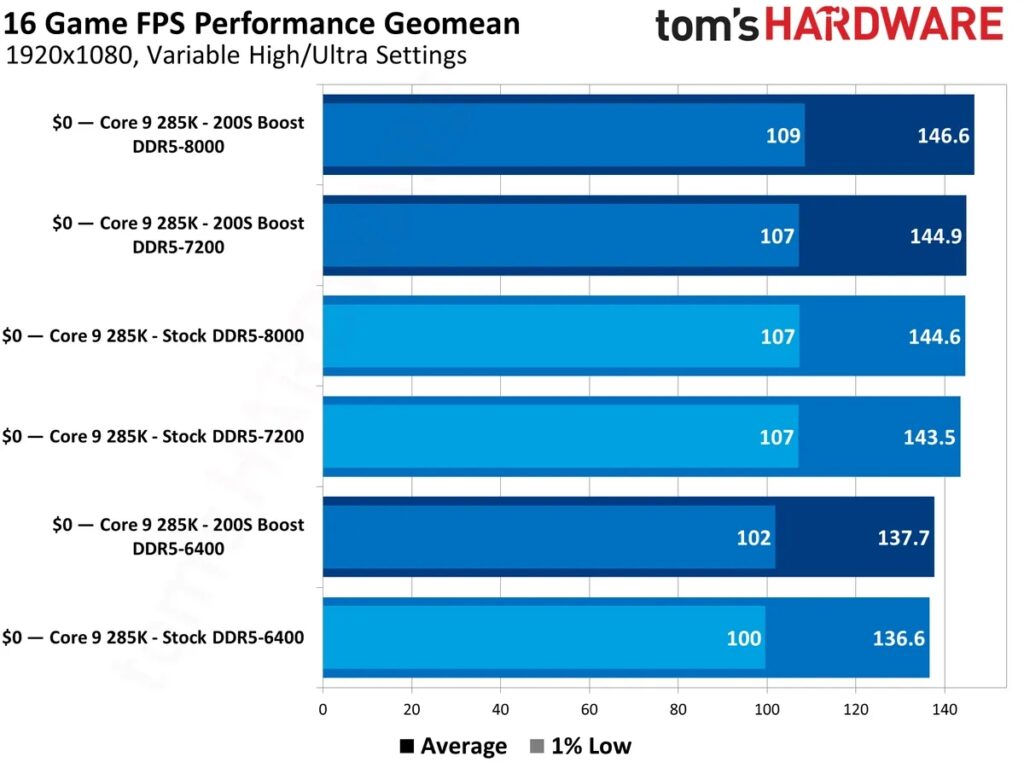Intel is releasing a new overclocking feature that doesn’t void your warranty

Table of Contents
Intel Arrow Lake is Team Blue’s latest generation of desktop processing power, released at the tail end of 2024. The desktop range includes the Core Ultra 9 285K, Core Ultra 7 265K, and Core Ultra 5 245K. It’s safe to say that these CPUs didn’t take off in a big way, certainly in the DIY market, where Ryzen chips have continued to dominate, especially with gamers opting for AMD’s X3D technology.
In a bid to regain some gaming prowess, the company is releasing a new feature named ‘Intel 200S Boost’, which delivers pre-configured overclocking profiles to the Arrow Lake desktop processors. Reportedly, the new performance boost settings have already been rolled out on Gigabyte Z890 motherboards via a BIOS update.
The new 200S Boost feature has been tested early
Ahead of rolling out Intel 200S Boost to everyone, Tom’s Hardware has had an early look at the overclocking feature. The outlet reports an average improvement of 7.5% compared to the officially supported memory speeds; this is when comparing the lowest DDR5-6400 config with the highest DDR5-8000 config. It is reported that the new overclocking features, focused on memory rather than CPU clock speeds or power settings, are covered under Intel’s 3-year processor warranty.
| CPU / RAM | Stock settings | Intel 200S Boost |
|---|---|---|
| Core 9 285K / DDR5-8000 | 144.6 FPS | 146.6 FPS |
| Core 9 285K / DDR5-7200 | 143.5 FPS | 144.9 FPS |
| Core 9 285K / DDR5-6400 | 136.6 FPS | 137.7 FPS |

As seen above, six different configurations were tested, all for Intel’s flagship 285K. We’ve covered the Geomean averages above, but keep in mind that performance gains differ from game to game. Pushing the chips while staying within a threshold that remains under warranty isn’t too dissimilar to AMD offering a 105W mode on the (by default 65W) 9600X and 9700X, an option that didn’t yield a massive improvement.
In our review of the flagship processor, we noted that it didn’t have the best gaming performance on the market, even finding that it falls behind the previous-gen 14900K in some scenarios – though it does provide “Great temperatures even under full loads” and “Impressive multi-core performance” to make up for it.
